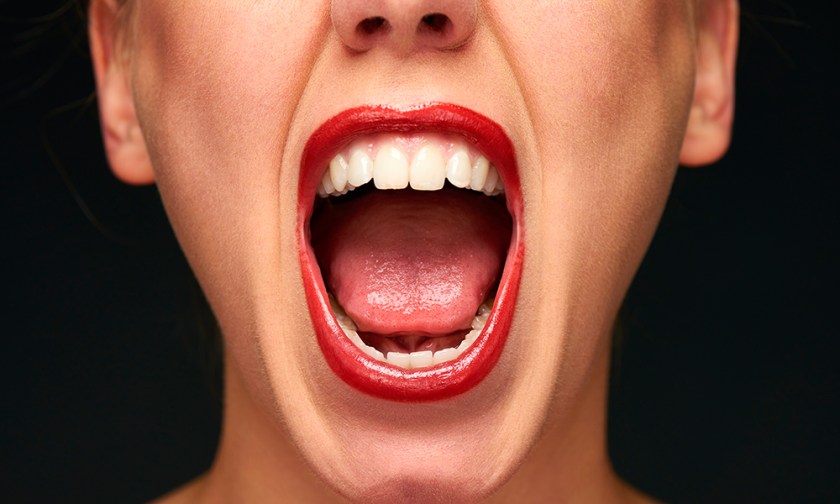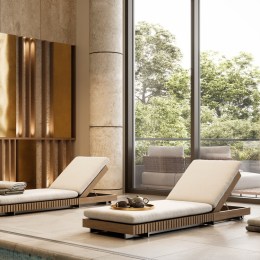Unless it’s on the lips, seeing scarlet on the face is highly undesirable, whether an inflamed zit, bloodshot eyes or an allergic rash. But the worst offender – for the sufferer – is rosacea.
Curse that prickly flush that creeps from the neck then spreads like fire across your jowls and cheeks. People who suffer from serious rosacea can find it emotionally and socially debilitating.
“Rosacea is a skin reddening condition that occurs mainly on the face. It can make the sufferer feel extremely self-conscious and anxious, which in turn can often make the condition worse,” explains dermal clinician Jodie King, owner of Blyss Skin Clinic, in Sydney’s Clovelly.
“It’s thought to affect one in 10 people, usually fair-skinned and is four times more likely to affect women, most often occurring between 30 and 50 years of age. Symptoms are redness, visible blood vessels, bumps and pimples and sometimes in more extreme and rarer cases, swelling of the nose from excess tissue.
“While the exact cause of rosacea is unknown, a number of factors are thought to contribute. These include blood vessel abnormalities and even a reaction to microscopic Demodex mites that are commonly found on the face…”
This common client complaint is best combatted through a holistic approach harnessing high-tech professional treatments, taking health precautions and managing the condition at home using targeted retail products.
Rosacea Stimulators

Jodie reports several triggers that may make rosacea worse:
- Exposure to sunlight
- Stress
- Strenuous exercise
- Hot or cold weather
- Hot drinks
- Alcohol
- Caffeine
- Spicy foods
Clinical Treatments That Calm Rosacea

“Sadly, there is no known cure for rosacea and all treatment is management only. While we are able to improve the appearance of rosacea, the condition will relapse at times, but there are treatments that can really help to manage the condition,” says Jodie.
- Peels – These must not contain lactic acid, which will serve to inflame the condition.
- IPL – Broad spectrum light that penetrates the tissue and is absorbed by either blood (vascular lesions/broken capillaries) or melanin (freckles) and damages it. The body’s natural processes then remove the injured tissue, leaving the skin with a more even tone.
- Vitamin Infusion treatments improve the cell function and reduce environmental damage.
- LED treatments that alternate blue and red light are good for managing inflammation. “This non-invasive treatment delivers light via thousands of tiny light-emitting diodes. The infrared wavelengths increase cellular activity, helping to bring nutrients to the treated area. This leads to an increase in blood flow, promoting the production of collagen and elastin fibres,” says Jodie.

Manage At Home With The Right Retail Products
Advise your clients to use:
- Milk cleansers
- Products containing niacinamide (vitamin B3 and nicotinic acid), vitamin C and eventually vitamin A.
- A physical sunblock that contains zinc and titanium dioxide
- Occlusion products that prevent trans-epidermal water-loss.




